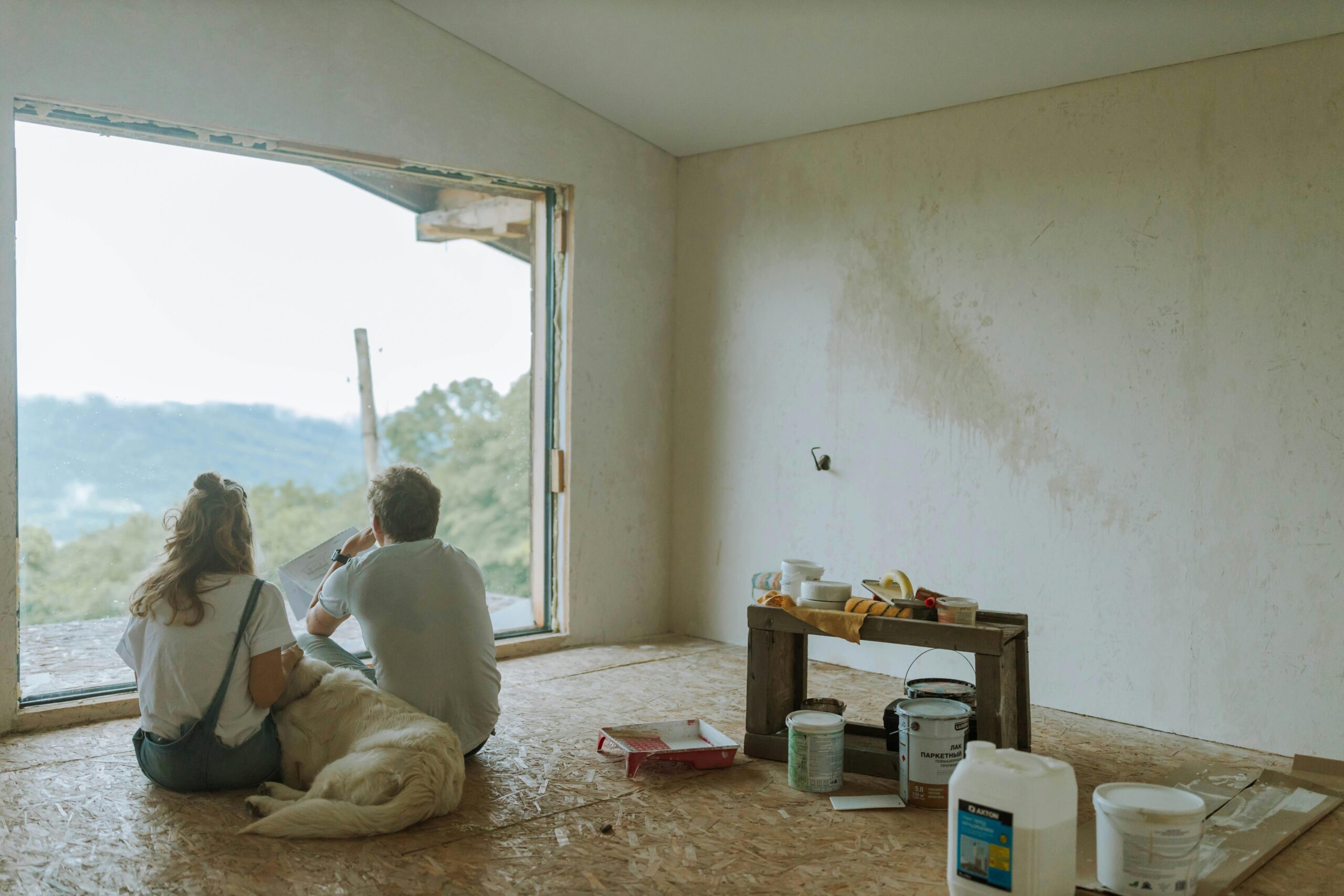
Resources
Tips to Noise-Proof Your Home
Resources / Home Renovation Resources / Tips to Noise-Proof Your Home

Whether it is aircraft overhead, traffic on the street, a neighbour practicing the saxophone, or your own kids at play, often our homes are not as quiet and peaceful as we would like them to be.
That’s why taking some measures to soundproof your home has lots of pay-offs. Not only will you reduce noise and add value to your property, but you will be helping to reduce the stress that excessive noise can cause.
If you’re tired of excessive noise, start by determining which areas of your home are most in need of soundproofing. Noise can be annoying when it comes into the house through windows, the basement and attic. Noise from inside your home can also be annoying to your neighbours, as well as others in your home.
But whether you are trying to keep noise from getting into your home or preventing it from getting out, if it’s anything but a simple problem it may be wise to seek the help of a soundproofing expert.
First, use this handy check list to determine what your problem areas are:
Windows
Windows are the most common way for noise to get in or out. Single glass panes and wood window frames are the least resistant to noise. Double pane glass can reduce noise by about 20 per cent, while vinyl frames can reduce it by as much as 50 per cent.
If replacing the window with a double pane glass or vinyl frames is too expensive an option, consider using a “removable” plug to block the sound coming through the window. A plug will also block light, but it will make little difference if it’s your bedroom window and the noise is keeping you awake at night.
And let’s not forget the added benefits — the extra insulation of a plug will keep you warmer in winter and cooler in summer.
A plug can easily be made by measuring the window frame and seeing how much depth there is to the window sill. This will determine the size and thickness of the soundproofing material you can use. Check home building stores for soundproofing materials available.
Usually, one thickness of a two inch mat will do. While sound proofing mat is relatively stiff, you may need to attach it to a lightweight wood or fiber board using contact cement. A plug should fit a window very tightly without any cracks. For easy handling, attach some handles to it.
Attic
Many attics, especially in older homes, lack insulation. Adding insulation can not only help cut down on your heating bills, but it can help to soundproof your home. Materials used to insulate your home also help reduce noise.
Extra layers of asphalt roofing can also increase your home’s noise tolerance, especially to aircraft. If you live near an airport, try stapling extra asphalt sheeting on the roof rafters inside the attic. This is a cheap and effective way to reduce noise.
Entrances
In well-built homes you’ll notice that doors in a hallway don’t line up across from each other. This is to prevent sound from travelling across and through the open doors. Staggering entrances is one way of minimizing noise. Another, of course, is keeping doors closed.
Helpful hints
At least 25 per cent of a room should have some absorbent material, like carpeting or furniture, to reduce reverberation from footsteps.
Rooms located right over living areas should have some form of carpeting for soundproofing. Special carpet padding and floorings are available for use in soundproofing, but these tend to be more expensive. Often, a thick rubber padding and carpet are all you need.
One way of soundproofing walls is to add another layer of drywall. Double drywall on walls facing a noisy street can substantially reduce noise in many homes.
Never soundproof a garage when you can soundproof a basement. The cement foundation of a home absorbs noise. However, you’ll still need to soundproof the basement ceiling.



